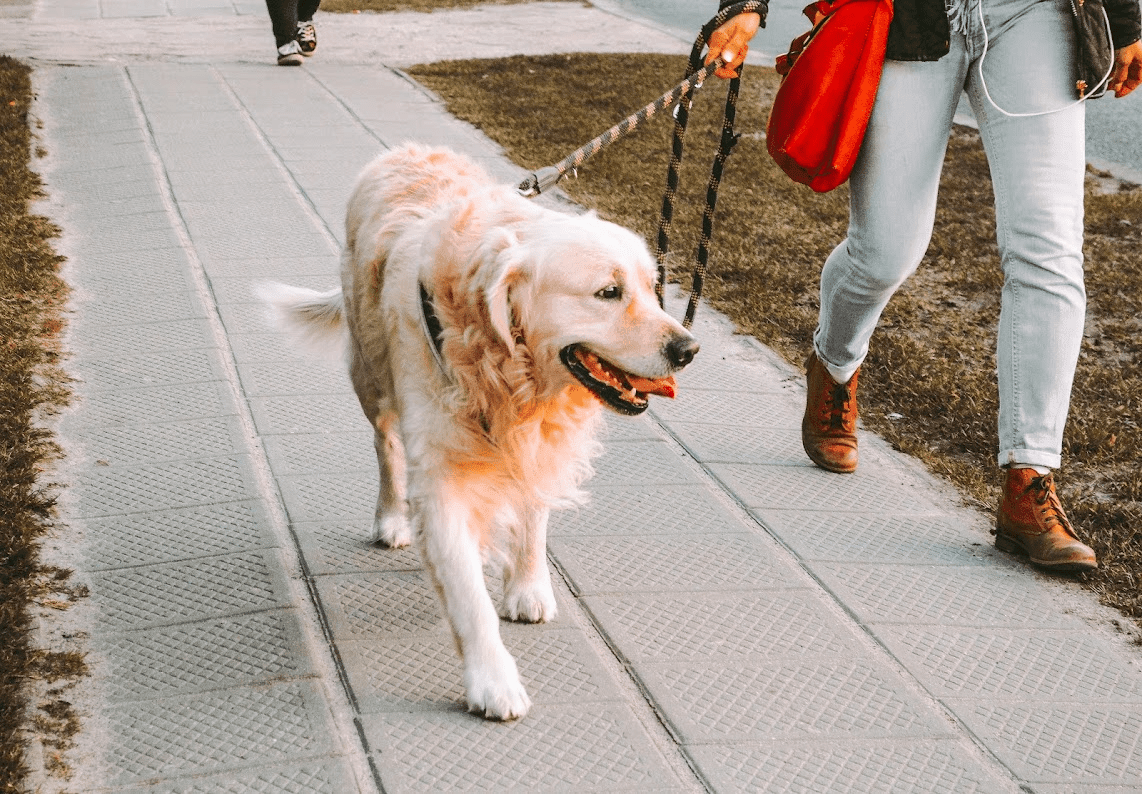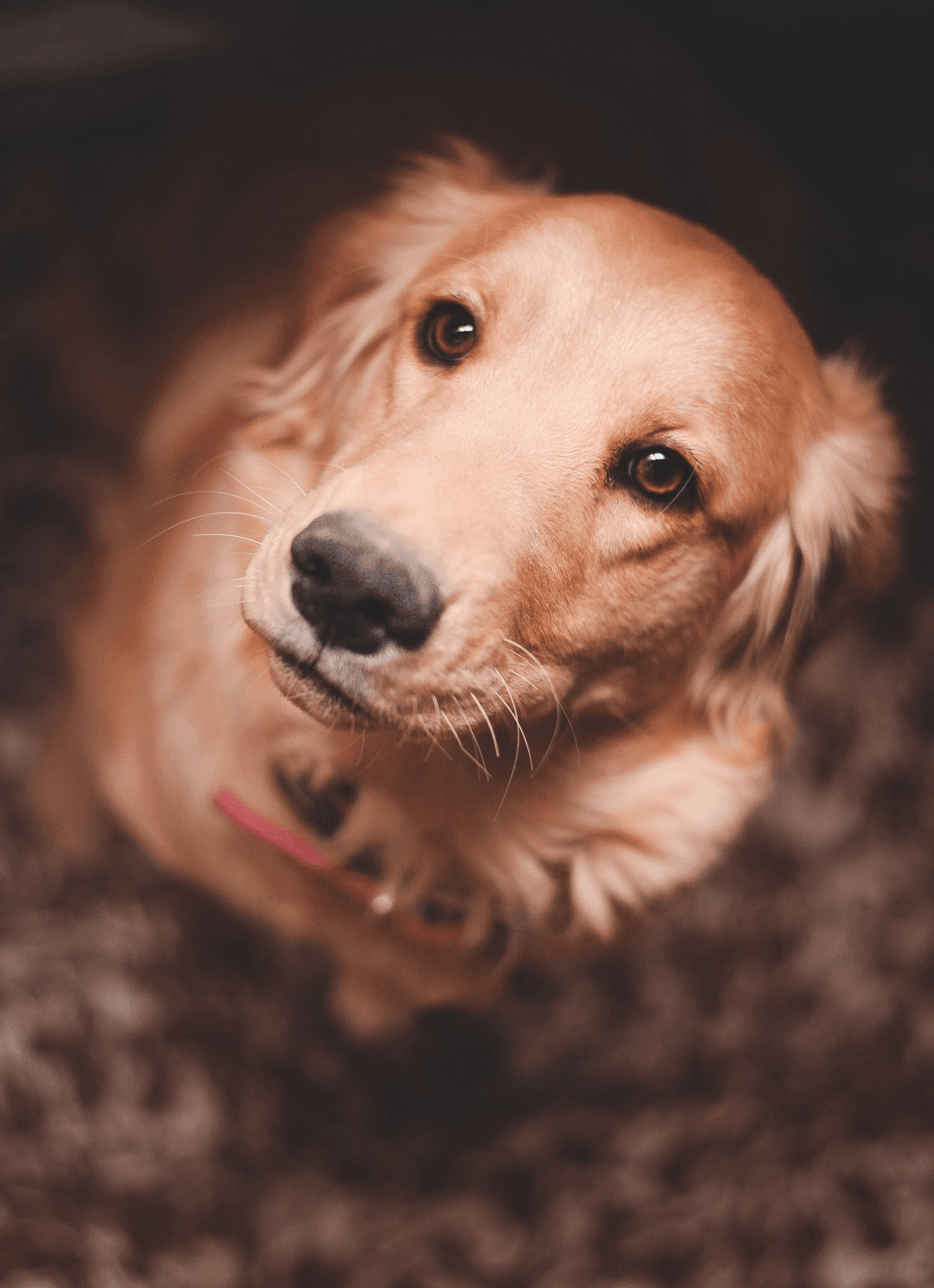LEAD REACTIVITY
Dogs Do What Works
The reasons why dogs show this behaviour can be many, and often difficult to work out. It can vary from excitement and frustration, to nervousness and fear.
In many cases, the dog has learnt to show this behaviour because it will result in them getting what they want. For example, if your dog is allowed to greet other dogs after pulling towards them, they have learnt that this behaviour works to greet other dogs.
On the other hand, if your dog is fearful of other dogs, and they bark, pull and lunge at other dogs to make the other dog go away, your dog learns that these behaviours can work to get other dogs to move away from them.
Fight or Flight?
Being on a lead can limit your dog’s ability to show natural body language and move freely and it inhibits their flight response (running away from danger). As a result of that you often see ‘fight’ behaviours like lunging, whining, barking, pulling on the leash, which can be interpreted by the other dog as threatening behaviour.
Can You Make it Worse?
You can inadvertently teach your dog these behaviours too. When your dog reacts, things like tight leashes and jerks on the lead, harsh words, exclamations (like no, stop, be nice) can be enough to cause your dog to make an unwanted association with other dogs.
Your dog may link your actions with the presence of other dogs, which can result in more exaggerated behaviours when your dog sees other dogs in future.
What Can You Do?
Firstly, if you don’t like the behaviours your dog is displaying when it sees other dogs, don’t let your dog continually practice them. Unfortunately the more a dog practices a behaviour, the better they get at it! Just as it works when practicing to sit for their dinner and they get really good at it, practicing something unwanted also makes them better at that.
This may mean that initially you need to reduce the walks your dogs has (and replace with mental enrichment), and/or find times of the day or areas you can walk where few to no dogs are around.
Seek Professional Help
We do stress the importance of seeking professional guidance. We can guide you and your dog through the stages of changing this behaviour, for the better!
Building confidence, handling skills and teamwork is the first step. You want your dog to look towards you for help and know they will get it, rather than take the matter into their own hands.
The second step is to use a process of gradual ‘desensitisation and counter conditioning’, which really means: ‘Teaching your dog to be more comfortable and to make better choices’.
Your dog can learn they have choices and that they can influence the situation and will be rewarded handsomely for choosing well.
This is a process that requires learning from both dog and handler, so the time seen to see a change in the behaviour can vary. If you stick with it under the guidance of a qualified positive trainer, you are sure to see improvement.
Note: While we have called this article “Lead Reactivity” we stress the importance of not using labels to describe dog behaviour, as it can be misleading. To quote Susan Friedman, “Behaviour is not who you are - it’s what you do”.


